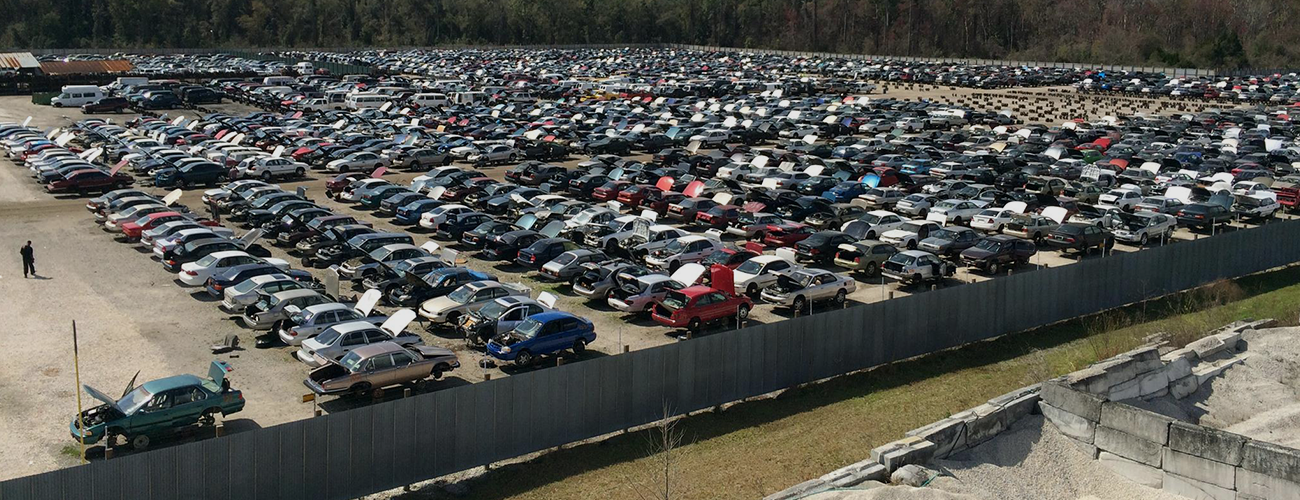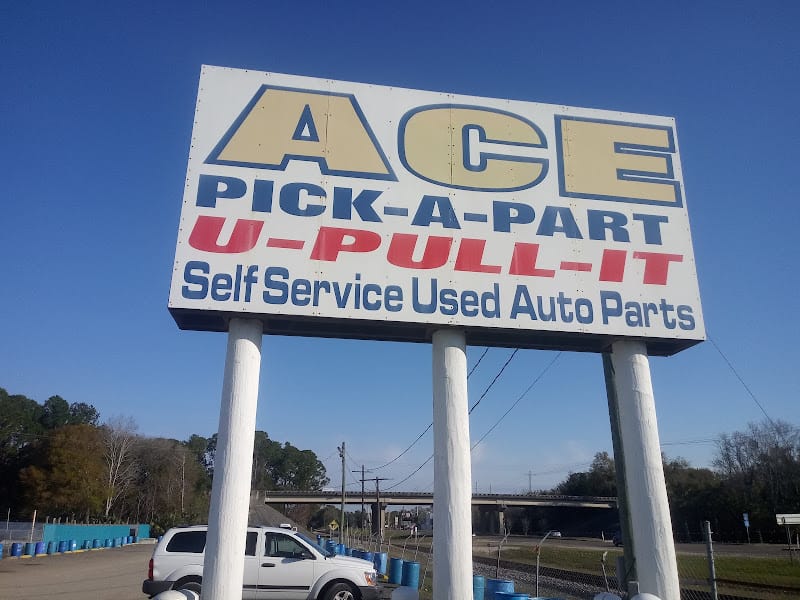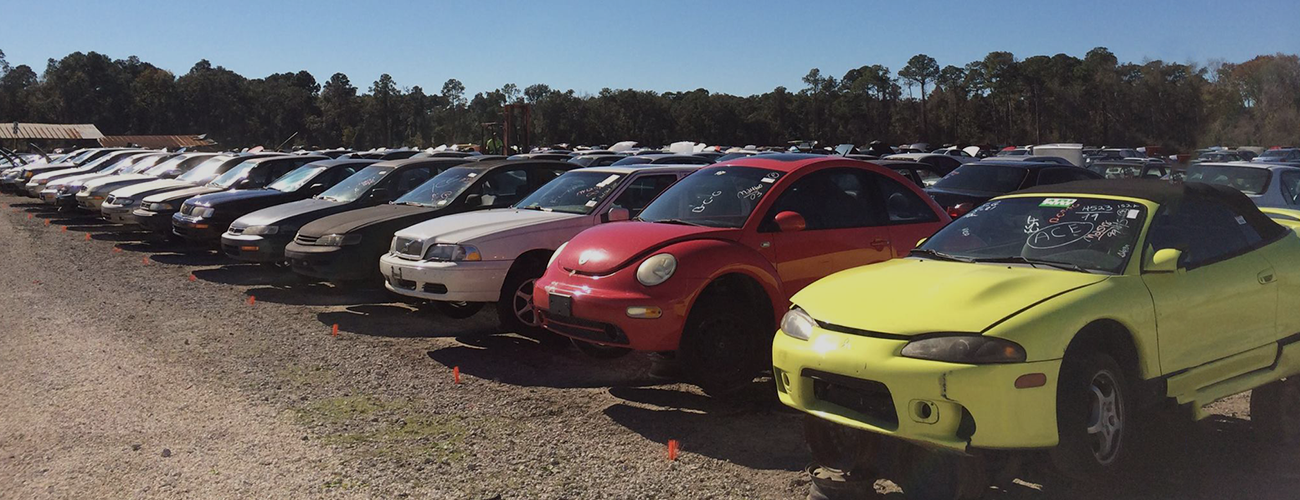Find Ace Pick A Part Near You - [Location]!
A business model prevalent in the automotive recycling industry involves the self-service dismantling of used vehicles. Customers gain access to a wide selection of car parts at reduced prices by removing the components themselves. This approach presents a cost-effective alternative to purchasing new or professionally salvaged auto parts.
The significance of this operational method lies in its ability to promote resource conservation, reduce waste, and provide affordable options for vehicle maintenance and repair. Historically, such businesses have offered a practical solution for individuals seeking specific components that might be difficult or expensive to obtain elsewhere. This contributes to the longevity of older vehicles and reduces demand for newly manufactured parts.
The following discussion will elaborate on the various aspects of this business model, including its environmental impact, economic considerations, and the practical steps involved for customers seeking to acquire needed auto components.
- Sam Frank 360 Twirl Video Who Is
- Where To Find All The Princess Quest
- Tiffany Lau Bio Age Wiki Facts And
- Robert Hernandez Bio Age Wiki Facts And
- Who Is Kevin Bacon S Son Travis
Frequently Asked Questions
The following addresses common inquiries regarding the operation of self-service auto dismantling facilities.
Question 1: What types of vehicles are typically available?
A diverse range of vehicles, including cars, trucks, and vans from various manufacturers and model years, are commonly available. Inventory changes frequently.
- M I A Rapper Family Husband Children
- Christian Kirk Wife To Be Ozzy Ozkan
- Duane Underwood Jr Family Parents Ethnicity Where
- Brantley Gilbert Age Net Worth Kids Weight
- Dekenta Parchman Michigan Man 30 Who Tortured
Question 2: How are parts priced?
Parts are typically priced according to a standardized list, which is often lower than the cost of new or professionally salvaged components. Pricing structures may vary based on the specific item.
Question 3: What tools are needed to remove parts?
Customers are responsible for bringing their own tools. Common tools include wrenches, sockets, screwdrivers, and possibly specialized tools depending on the desired parts.
Question 4: Are there any prohibited activities?
Certain activities are strictly prohibited, including the use of torches or cutting tools, the draining of fluids on the premises, and the removal of restricted items. Specific rules are posted at the facility.
Question 5: How is payment handled?
Payment is generally accepted in the form of cash or credit/debit cards. Specific payment options may vary by location.
Question 6: What happens to the remaining vehicle after parts are removed?
The remaining vehicle chassis is ultimately processed for scrap metal recycling, contributing to resource recovery efforts.
In summary, these facilities offer a unique opportunity to acquire affordable auto parts while promoting environmentally responsible recycling practices.
The subsequent section will explore the environmental and economic benefits associated with this model.
Navigating Self-Service Auto Dismantling Facilities
The following provides valuable insights for individuals planning to visit and procure components from self-service auto dismantling facilities. Preparedness and informed decision-making are crucial for a successful experience.
Tip 1: Thorough Inventory Assessment. Prior to visiting, utilize online resources or contact the facility to ascertain the presence of vehicles matching the desired make and model. This minimizes wasted time and effort.
Tip 2: Strategic Tool Selection. Assemble a comprehensive toolkit including various wrenches, sockets, screwdrivers, pliers, and potentially specialized tools relevant to the specific component being sought. A wheelbarrow or cart can prove useful for transporting heavier items.
Tip 3: Pre-Removal Vehicle Inspection. Before commencing disassembly, carefully inspect the vehicle and the target component for any pre-existing damage or conditions that might impede removal. Note any potential safety hazards.
Tip 4: Systematic Disassembly. Employ a methodical approach to disassembly. Take photographs or make notes to document the original configuration, ensuring accurate reinstallation of components. Disconnect the battery to prevent electrical hazards.
Tip 5: Safe Fluid Handling. Exercise extreme caution when dealing with vehicle fluids such as oil, coolant, or fuel. Avoid spills and adhere to facility regulations regarding fluid disposal. Consider bringing absorbent materials to contain any leaks.
Tip 6: Component Integrity Preservation. Handle removed components with care to prevent damage during transportation. Wrap delicate items in protective materials to avoid scratches or breakage.
Tip 7: Verify component compatibility. Compare the part number of the part you want to remove with the part number on your car.
Tip 8: Adherence to Facility Regulations. Familiarize oneself with and strictly adhere to all posted rules and regulations governing the facility. This includes restrictions on tools, prohibited activities, and payment procedures.
Following these recommendations maximizes the chances of a productive and safe experience, allowing for the efficient acquisition of affordable auto parts while contributing to responsible recycling practices.
The subsequent section will summarize the key benefits of engaging with self-service auto dismantling facilities.
In Conclusion
This exposition has illuminated the operational mechanics and associated benefits of the "ace pick a part" model. The discussion encompassed its capacity to offer affordable automotive components, promote resource conservation through recycling, and reduce demand for newly manufactured parts. Additionally, practical guidance was provided to facilitate safe and efficient component acquisition within such facilities.
The "ace pick a part" approach constitutes a viable strategy for cost-conscious vehicle maintenance and repair, concurrently contributing to environmentally responsible practices. Continued support for such business models will likely foster further advancements in automotive recycling and resource management.
- Virginia Madsen And Her Partner Had An
- Where To Find All The Princess Quest
- Liz Shanahan Is Michael Symon S Wife
- Few Untold Truth About Masters Of Flip
- Noah Lalonde Siblings Meet His Sister Emma

Junk Yard Recycling Jacksonville FL Salvage Yard Ace Pick A Part

Ace Pick A Part U Pull It at 9152 N Main St, Jacksonville, FL 32218

Search Inventory Used Auto Parts Junk Car Buyer Ace Pick A Part